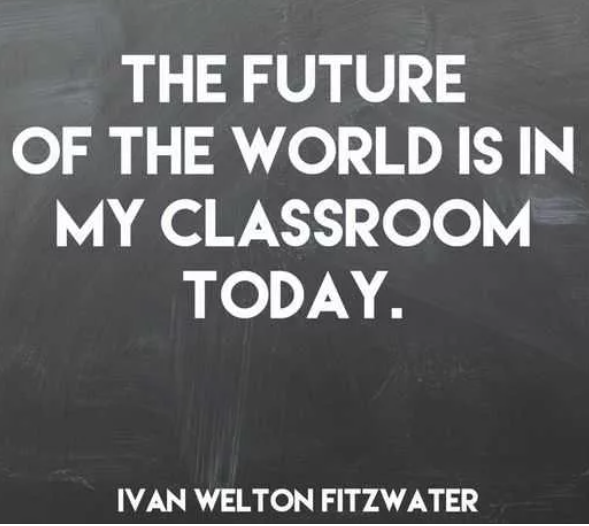
Integration of Technology in Education
“I do not fear computers. I fear lack of them.”— Isaac Asimov
Education has seen a plethora of technology innovations this past year. The COVID-19 pandemic has turned the educational world upside down. It has forced challenges and unseen problems with technology into the works of our entire education system, forcing teachers to find new tech solutions and devise creative ways to continue to nurture their students’ needs. Today’s schoolchildren are digital natives. They have grown up in a world loaded with technology and are essentially instinctive users of tablets, smartphones, and computers. So, as an educator, how can we integrate good technology to make sure our students continue to get the education and personal guidance they deserve, whether in the classroom or online or both and why hasn’t good technology integration occurred in education?
Good technology incorporated into the curriculum starts with the administrators and teachers. Teachers need active leadership to achieve innovative teaching. Too many times teachers are told to incorporate technology but never actually shown how. The campus administrator must be a role model for integrating technology in the classroom, and school leaders must encourage and support innovative teaching and learning. Professional development must be goal-oriented and designed to create a learning community where teachers can learn to integrate useful technology into their classrooms. Professional Development days teamed up with mentors and supportive administrators are essential in ensuring effective technology integration.
Funding and budget constraints is another main obstacles preventing teachers from implementing technology in their classrooms. Being unable to access the right hardware and software can limit the classroom teachers ability to address the student’s personal, academic, and professional growth. Lack of funding is also why teachers are not properly trained to use the devices provided by the district. I would like to think if more funding was avaliable our technology department would have a Instructional Technologist Specialist to assist teachers and adminastration.
Technology integration is more than simply using a device to perform a task (Cauley et al., 2009; Guzey & Roehrig, 2009). It is more than assigning a website to use for research or showing a video in class. Technology integration is the application of technology to facilitate learning through different mediums, provide opportunities for student-centric learning, engage learners, and allow for differentiation and learning preferences. We can’t keep thinking of the classroom as 22 students at their desks with paper and pencil and the teacher instructing at the blackboard. We know that more than 50% of today’s jobs won’t exist – replaced primarily by jobs in technology and tech-enabled STEM fields(Taylor,2015). Educational technology enables students to share their ideas in compelling ways that will prepare them for the demands of the 21st century. Classroom technology gives individual students more opportunities to actively engage with their learning material, making lessons more interesting and enjoyable. When more technology is integrated into the curriculum, active student engagement and performance also increase (Lawless & Pellegrino, 2007).
Technology also holds the power to transform not only what we learn but how. A teacher that is technology driven can bring the world into the classroom for their students. Whether you’re a parent, a teacher, or an administrator, it’s crucial to understand how technology is used in the classroom today.
Helpful hints and a more indepth look at intergration of technology in the classroom.
References
Cauley, F. G., Aiken, K. D., & Whitney, L. K. (2009). Technologies across our curriculum: A study of technology integration in the classroom. Journal of Education for Business, 85(2), 114–118. doi:10.1080/08832320903258600
Lawless, K. A., & Pellegrino, J. W. (2007). Professional development in integrating technology into teaching and learning: Knowns, unknowns, and ways to pursue better questions and answers. Review of educational research, 77(4), 575-614.
Taylor, E. S. (2015). New technology and teacher productivity. CESifo Area Conferences.
Integration of Technology in the Classroom. (2019, November 28). YouTube. https://www.youtube.com/watch?v=4jLKL2VCZrA
